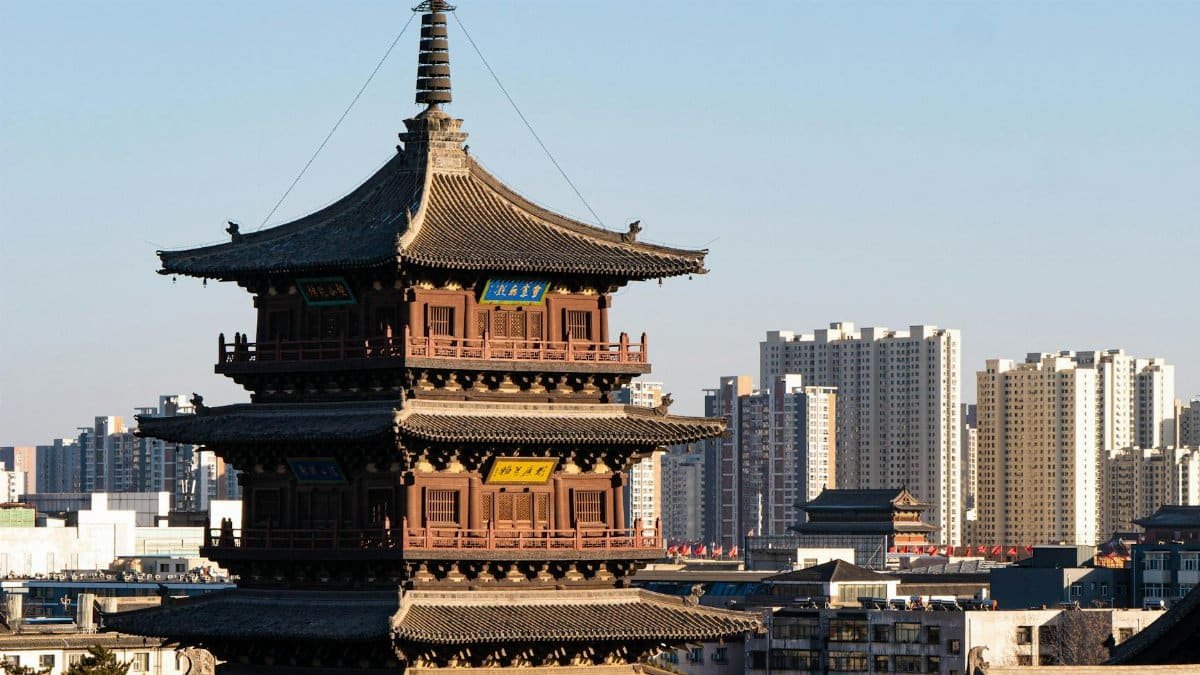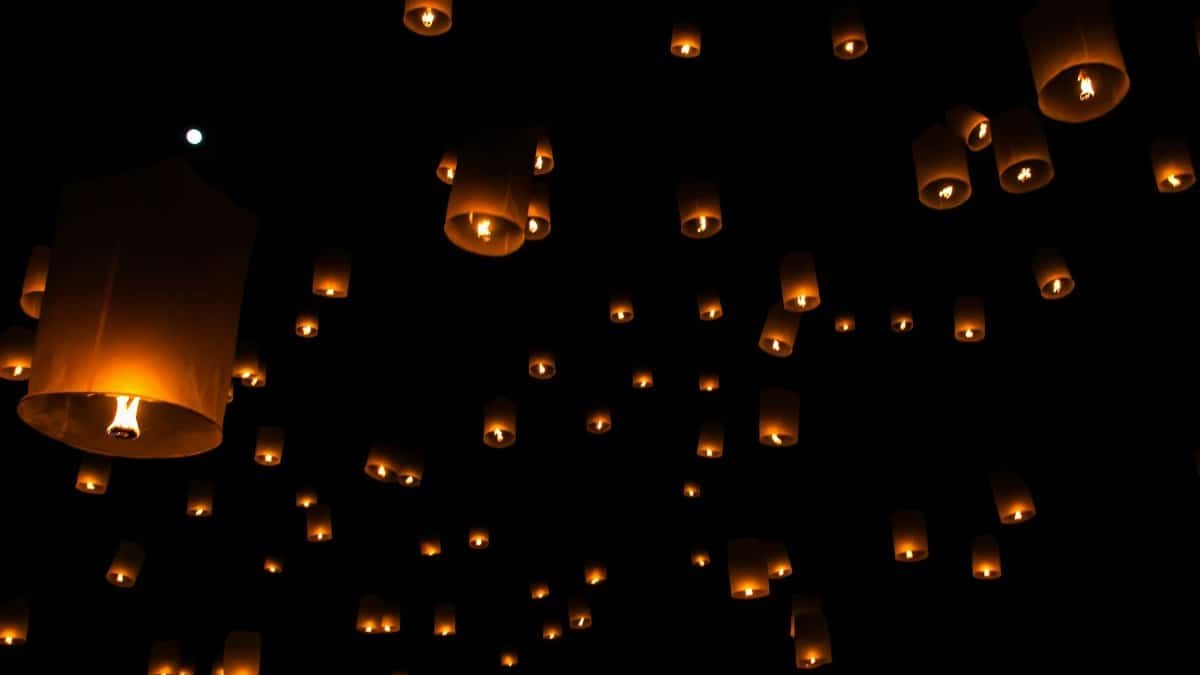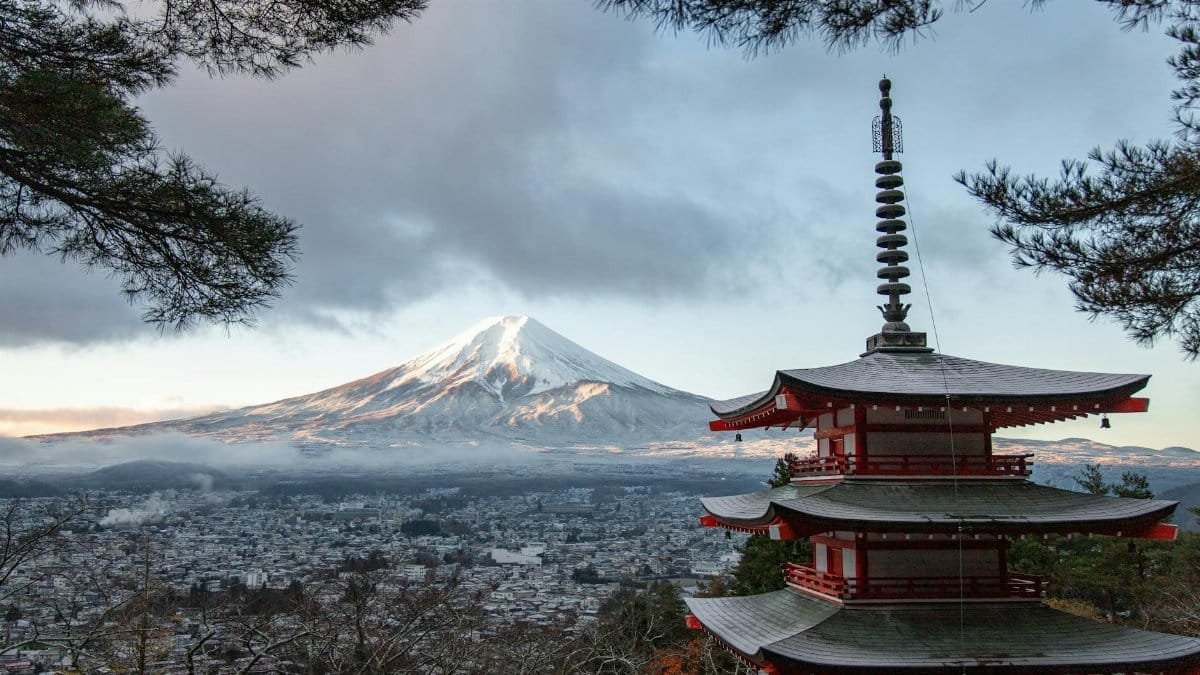As winter’s grip loosens, cultures worldwide have long marked the shift to spring with vibrant rituals. Simply put, ancient end of winter traditions are ceremonial practices celebrating renewal, fertility, and the promise of warmer days, and they matter because they connect us to our shared human history. From fiery bonfires to symbolic cleansings, these customs remind us of nature’s cycles. Here are seven fascinating traditions that have endured through centuries, offering a glimpse into how our ancestors welcomed the thaw.
1. Imbolc: Celtic Fire and Renewal

In ancient Celtic lands, Imbolc, celebrated around February 1st, heralded the first stirrings of spring. This festival honored Brigid, a goddess of fire and fertility, with bonfires and candle-lighting to symbolize the returning sun. Homes were cleansed, and offerings of milk or bread were left for Brigid’s blessing. Even today, modern pagans in the U.S. revive these rites, linking to a past where winter’s end meant survival. Learn more about Imbolc’s roots at History.com.
2. Holi: India’s Colorful Farewell to Winter

Holi, often called the Festival of Colors, marks the end of winter in India with an explosion of joy. Celebrated in March, it involves throwing colored powders, dancing, and feasting to welcome spring and the triumph of good over evil. Rooted in Hindu mythology, it’s tied to Krishna’s playful spirit. Today, Holi’s vibrancy spreads globally, with U.S. communities joining in. Check out its cultural depth at Britannica.
3. Nowruz: Persian New Year and Spring’s Dawn

Nowruz, meaning “new day,” is a 3,000-year-old Persian festival celebrated at the spring equinox, around March 20th. It’s a time of renewal, with families cleaning homes, setting up symbolic tables with seven items (Haft-Sin), and jumping over fires to shed the past. Recognized by the UN, it’s a major holiday for millions, including Iranian-Americans in 2025. Its ancient Zoroastrian origins are detailed at United Nations.
4. Groundhog Day: A Modern Twist on Ancient Lore

While quirky today, Groundhog Day in the U.S. traces back to ancient European traditions like Candlemas, where weather-predicting animals signaled winter’s end. On February 2nd, if the groundhog sees its shadow, six more weeks of cold loom. Stemming from Germanic settlers, it’s a cultural nod to older seasonal divinations. Punxsutawney Phil’s predictions still draw crowds annually. Dive into its history at National Geographic.
5. Lupercalia: Roman Roots of Spring Purification

Ancient Romans celebrated Lupercalia in mid-February to banish winter’s gloom and purify the city. Priests sacrificed goats and dogs, then ran through Rome striking people with leather thongs for fertility and cleansing. Though tied to myths of Rome’s founding, it faded with Christianity’s rise—some link it to Valentine’s Day. Its raw energy reflects humanity’s early spring fervor. Explore more at Britannica.
6. Shrovetide: Pre-Lenten Feasts Across Europe

Before the austerity of Lent, ancient European communities indulged in Shrovetide, a time to feast and revel as winter waned. Celebrated in late February or early March, it included pancake races and carnivals, using up rich foods before fasting. Known as Mardi Gras in some regions, its roots lie in shaking off winter’s hardship. In 2025, U.S. cities like New Orleans keep the party alive. Read about its origins at History.com.
7. Sadeh: Zoroastrian Fire Festival

In ancient Persia, Sadeh celebrated winter’s midpoint, around late January, with massive bonfires symbolizing the sun’s growing strength. Zoroastrians believed fire warded off evil and hastened spring. Families gathered to feast and pray, a tradition still observed by some Iranian communities. It’s a stark reminder of how fire tied early humans to seasonal hope. Uncover Sadeh’s significance at Tehran Times.
